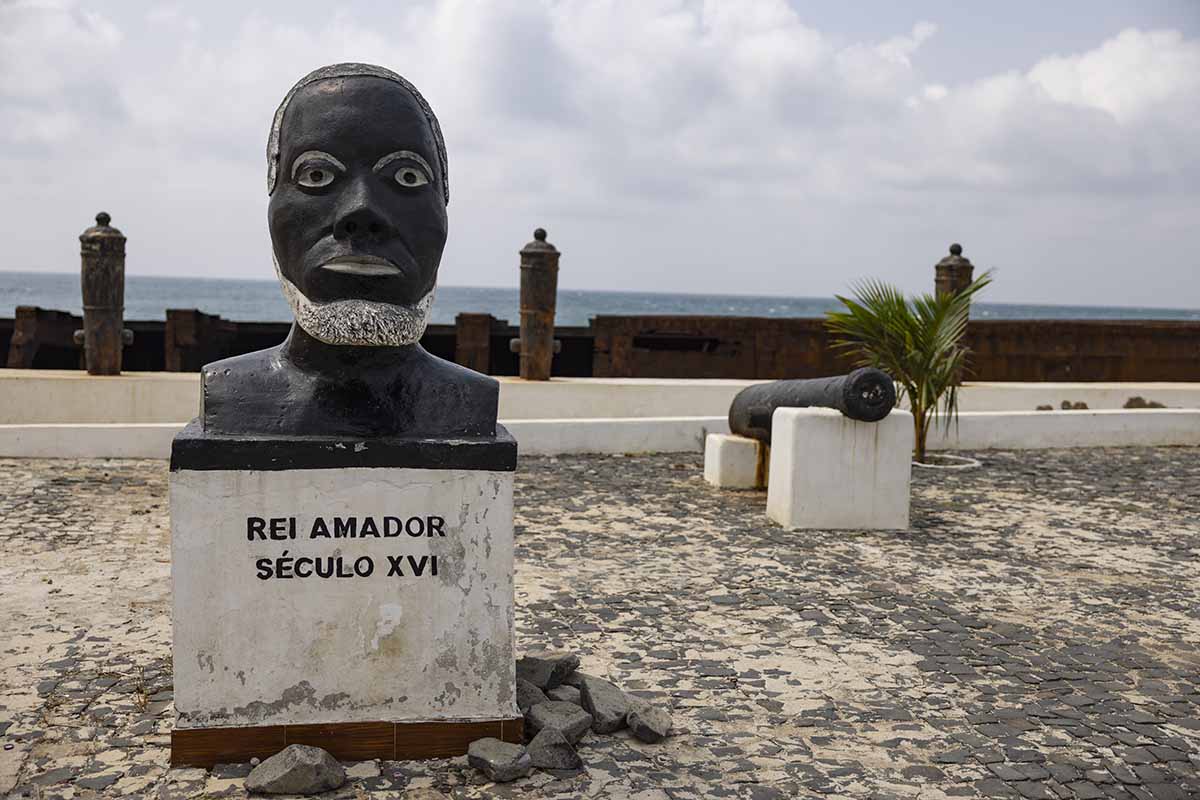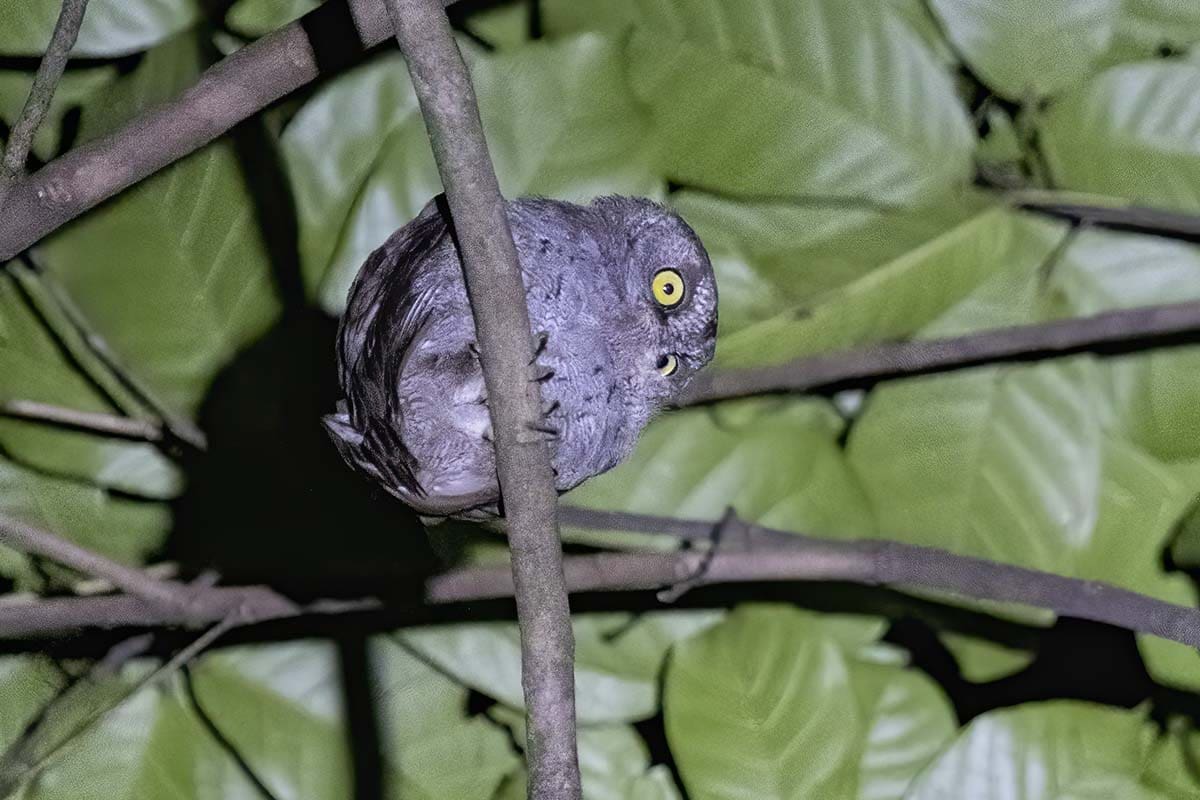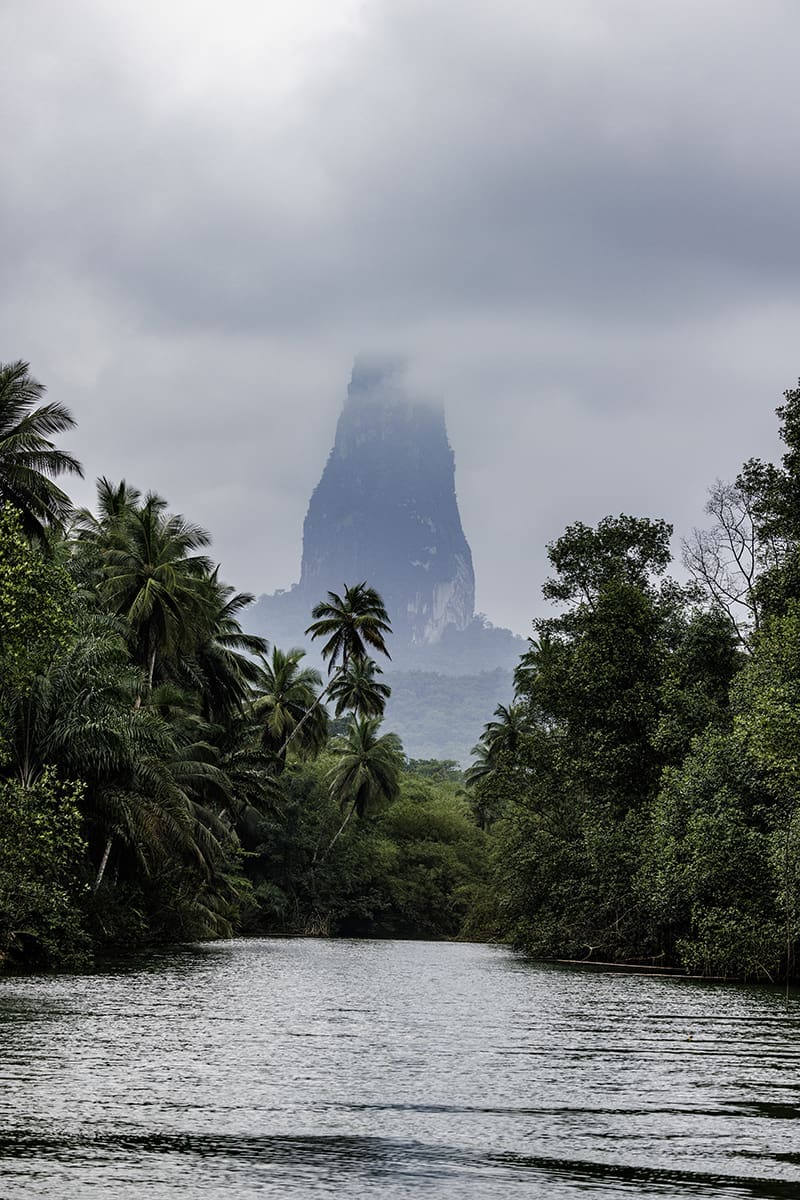Sao Tome & Principe
Welcome to this Sao Tome and Principe travel guide.
Sao Tome & Príncipe, Africa’s second smallest nation, lies in the Gulf of Guinea, off the west coast of Africa.
According to a United Nations survey, it ranks as the eighth least-visited country in the world. That’s a real shame, as this unspoilt tropical paradise boasts a rich history, stunning landscapes, and an incredible array of unique wildlife.
However, word is getting out, especially among eco-tourists drawn to the islands’ astonishing biodiversity. Read on for posts on the tropical paradise of Sao Tome and Principe.
Latest Posts from Sao Tome and Principe
The History of Sao Tome & Principe

Portuguese explorers discovered the islands in 1469, and by 1493, Sao Tome was a thriving colony. They colonized Príncipe just a few years later, in 1500. The Portuguese quickly realised the potential of the islands’ rich volcanic soil. They began cultivating sugar cane, relying on a significant enslaved workforce. Thanks to its strategic position, the islands became a key hub for the Atlantic slave trade, earning their first ominous nickname – “The Slave Islands.”
In 1595, a slave revolt led by Amador Vieira, “Rei Amador” led to an independent nation being declared by ex-slaves. The revolt lasted a year before the Portuguese took Amador prisoner and executed him. He is still thought of as a hero in the country.
Plantation owners introduced cocoa plants to Sao Tome in 1822, and it soon became the world’s leading cocoa producer. This gave rise to another nickname—“The Cocoa Islands.”
By the 1950s, as independence movements swept across Africa, nationalist sentiments grew stronger in Sao Tome and Principe. The turning point came in 1974, when Portugal’s authoritarian regime collapsed in the Carnation Revolution. Just a year later, Sao Tom & Príncipe finally achieved independence.
The country was also one of the first in Africa to embrace democracy, holding its first free elections in 1991.
Sao Tome & Principe Travel Guide – Nature and Wildlife

For nature lovers, Sao Tome & Principe is a true gem. The islands are teeming with endemic species found nowhere else in the world. Across both islands, there are 132 plant species unique to São Tomé & Príncipe, along with two endemic snake species and 28 bird species found only here. Many species are unique to only one of the islands. E.g. the Principe Scops owl, only discovered in 2016 exists only in a small area of forest on Principe.
This biodiversity has gained Sao Tome & Principe yet another nickname – “The Galápagos of Africa.”
Geography
The country of Sao Tome and Principe is named for the two main islands. These lie about 250km west of Gabon in the Gulf of Guinea. Volcanic activity created the islands, resulting in fertile soil and some spectacular “plugs” like Pico Cao Grande.

Sao Tome and Principe is the landmass closest to the intersection point of the Equator and the Greenwich Meridian. This gives the country yet another nickname, “The Centre of the Earth”.
Sao Tome and Principe Travel Guide – Climate
Sao Tome and Principe lies in the Gulf of Guinea on the Equator. This gives it a tropical climate, but its volcanic geography means it develops microclimates in different places on the island.
The islands have two seasons, the wet season which runs from September to May, and the dry season. Hot all year round, the temperature averages 80 degrees Fahrenheit.
Food and Drink
As you might expect from an island nation, the cuisine of Sao Tome and Principe relies heavily on fish. Calula, considered the national dish is a thick fish stew made with vegetables like okra and eggplant, infused with palm oil.
Palm wine is the locals’ booze of choice.

